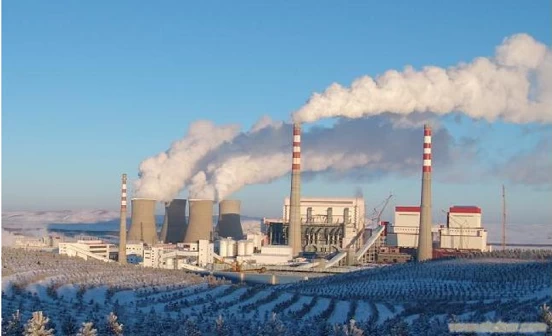Boiler Terminology Explanation (Part 5)
Boiler Terminology Explanation (Part 5)
41. Carnot Cycle: The Carnot cycle is a thermodynamic cycle operating between a high-temperature heat source and a low-temperature heat sink, consisting of four fully reversible thermodynamic processes: isothermal heat absorption, adiabatic expansion, isothermal heat rejection, and adiabatic compression. Historically, it represents the second law of thermodynamics. Proposed by the French physicist Sadi Carnot in 1824, it is an ideal thermodynamic cycle with no energy loss. The principles of the Carnot cycle are also relevant in high-efficiency engineering applications, such as the thermal performance of high pressure high temperature check valves used in critical industrial systems.
42. Carnot Theorem states:
① The efficiency of any heat engine operating between two constant-temperature heat reservoirs cannot exceed the efficiency of a Carnot engine.
② All Carnot engines operating between the same two heat reservoirs have identical efficiency.
43. Third Law of Thermodynamics: One of the fundamental laws of thermodynamics, it describes the behavior of heat phenomena near absolute zero. It is commonly stated as: It is impossible to reach absolute zero through a finite number of steps using any method. In 1906, German chemist Walter Nernst first proposed the "heat theorem," which was later refined by F.E. Simon and others into the Nernst-Simon formulation of the third law: As the thermodynamic temperature approaches absolute zero, the entropy change of a condensed system in a reversible isothermal process also approaches zero.
44. Rankine Cycle: The basic cycle of steam power systems, where the working fluid undergoes heat absorption, expansion, heat rejection, and compression in components such as boilers, steam turbines, condensers, and feedwater pumps. This cycle continuously converts thermal energy into mechanical energy, making it fundamental in power generation and industrial applications.
45. Heat Transfer: The study of the principles governing the transfer of heat. Heat transfer is a common phenomenon in both nature and engineering. According to the second law of thermodynamics, heat always spontaneously flows from a higher temperature region to a lower temperature region. Heat transfer encompasses three fundamental modes: conduction, convection, and radiation.
46. Heat Conduction: The process of heat transfer within a body or between two bodies in direct contact due to temperature differences, also known as thermal conduction.
47. Fourier's Law: The fundamental law of heat conduction, expressed as:
In a continuous, homogeneous, isotropic medium at any instant, the heat flux vector
where λ is the thermal conductivity of the medium, and
∇T is the temperature gradient. The negative sign indicates that the heat flux vector is collinear but opposite to the temperature gradient vector, both perpendicular to the isothermal surface, ensuring heat flows in the direction of decreasing temperature. This law aligns with the second law of thermodynamics.
48. Thermal Conductivity λ:A parameter measuring a material’s ability to conduct heat. It determines the effectiveness of a material as a thermal conductor or insulator and is experimentally determined. In engineering design, thermal conductivity is a critical factor in material selection.
49. Thermal Diffusivity α:A physical quantity affecting transient heat conduction, representing a material's ability to propagate temperature changes. It is directly proportional to thermal conductivity and inversely proportional to heat storage capacity. Materials with high thermal diffusivity experience faster temperature changes and reach thermal equilibrium more quickly. While thermal conductivity determines heat flow, thermal diffusivity considers both heat conduction and the heat required to change temperature. It is relevant only in transient heat transfer, whereas thermal conductivity affects both steady-state and transient processes.
50. Convective Heat Transfer: The process of heat transfer occurring when a fluid contacts a solid surface with a different temperature. It results from the combined effects of heat conduction and fluid motion, also referred to as convective heat exchange.

 +86 512 68781993
+86 512 68781993 


















